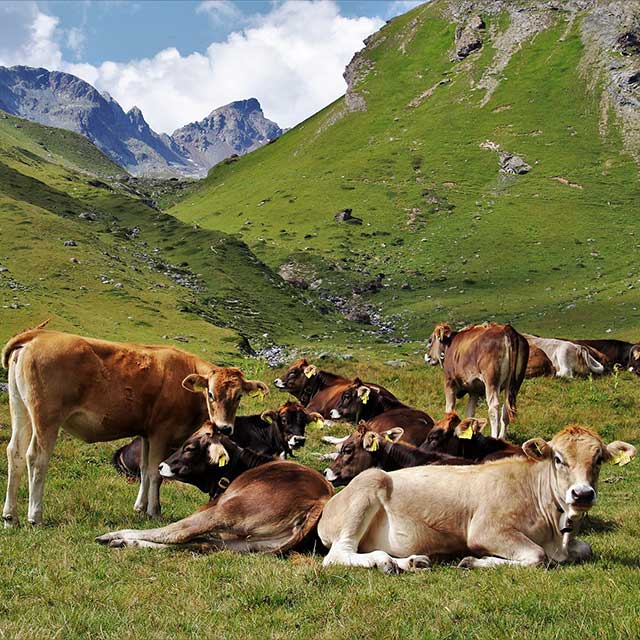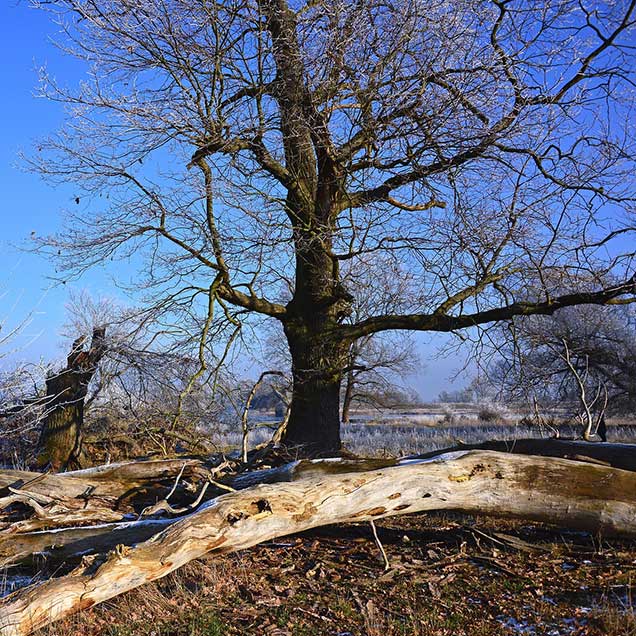Weather myths: fact or fiction?
We Brits love to talk about the weather. Which made us think: how much of what we think we know about the weather is actually true? Here are six of our favourite myths
By Evie Prosser
Summer’s record-breaking heat is over, yet the UK’s weather still gives everyone something to talk about. After all, if there's one thing the British public enjoys more than anything else, it's chatting about the elements. Whether it's the scorching heatwaves of summer or unexpected storms, we love a good natter about the weather.
| ...if there's one thing the British public enjoys more than anything else, it's chatting about the elements. |
That probably explains why there are so many myths about the weather. Check out our list to see how many you believe in.
 1) Lightning can’t strike the same place twice
1) Lightning can’t strike the same place twice
If you’re convinced this myth is true, consider the case of US park ranger Roy Sullivan. He was struck by lightning on seven separate occasions, and survived every one of them. The odds of this happening are about one in ten thousand, so Sullivan was one unlucky man.
According to reports, the Empire State Building in New York is struck by lightning an average of 23 times per year – and that’s in a city where thunderstorms are rare.
So there you have it: lightning can strike twice. You have been warned.
 2) There’s more chance of a white Easter than a white Christmas
2) There’s more chance of a white Easter than a white Christmas
This is a tricky myth to debunk, in as much as it looks like a myth-buster itself. Most people would expect snow to be more likely in the chilly winter months than in March or April, when Easter falls.
But meteorologists say that snow is statistically more likely in March than December. According to Met Office reports, there are an average of 4.2 days of snow in March, and just 3.9 days in December.
Alas, the story doesn’t end there. The date of Easter moves from year to year, and sometimes slides into April, when there’s much less chance of snow than December. And, as it happens, there are fewer white Easters on record than white Christmases. According to one blogger who’s looked into it, by the bookies’ definition there have been five white Christmases in the last 30 years, and just two white Easters.
So, is the myth true or false? Hard to say – but a fascinating talking point, nonetheless.
 3) If swallows fly high, tomorrow be dry
3) If swallows fly high, tomorrow be dry
This is a classic old wives’ tale, uttered by old soothsayers on warm summer evenings. As with many such dictums, there is a grain of truth in it, as this Guardian report makes plan. When the weather is warmer, insects on which swallows feed are pushed higher into the atmosphere. In consequence, the birds are forced to fly higher to secure their supper.
Likewise, when the weather’s cooler, the insects are found lower down, so the swallows swoop at lower altitudes.
Not a failsafe method of predicting the weather, therefore. But there is some wisdom behind it, nonetheless.
 4) Cows lie down when rain is coming
4) Cows lie down when rain is coming
While it may be the case that cows lie down to keep warm, thereby prefiguring the arrival of cooler air and a rainstorm, it is very hard to demonstrate any real connection between the position of cows and the prevailing weather.
According to The Daily Mail, 61 per cent of the population believe this weather myth. Which just goes to show: if you tell people something often enough, they’ll almost certainly think it’s true.
 5) If it’s too cold, it won’t snow
5) If it’s too cold, it won’t snow
Many a household will have repeated this on an evening: “It’s too cold for snow.” And many a household has seen it proved wrong with the liberal covering of snow enjoyed the following morning.
The truth is hard to pin down. It is the case that air can become too dry for snow, and this is often associated with very low temperatures. But in places where there is at least some humidity and relatively mild temperatures, including the UK, it’s highly unlikely that it will ever be too cold for snow.
In short, opinion is divided on this weather myth. So there’s probably no harm in continuing to spread it… if only for the joy of being proved wrong.
 6) Our bodies give a clue to bad weather
6) Our bodies give a clue to bad weather
In his book about sailing around the world, the adventurer Pete Goss MBE tells the story of a crewmate with a head bump that swelled up whenever a storm was due. This reflects a common belief that our bodies can augur poor weather, perhaps through aching joints or heads.
The truth is that there’s very little evidence to support the notion that our bodies can foretell a storm. Cold weather may exacerbate conditions such as arthritis, but that’s different from a flare-up telling you a storm is due.
That’s not to say Mr Goss was wrong in his assumption. After all, he came to use his friend’s head as a helpful indicator of poor conditions. And since they ended the trip in one piece, it would be churlish to dismiss their weather-forecasting technique.
If you liked this article, you may like to read to read:
Ten of the most common "neuromyths"
How to avoid slipping up on social media
Published: 8 September 2025
© Copyright Just Recruitment Group Ltd 2025

